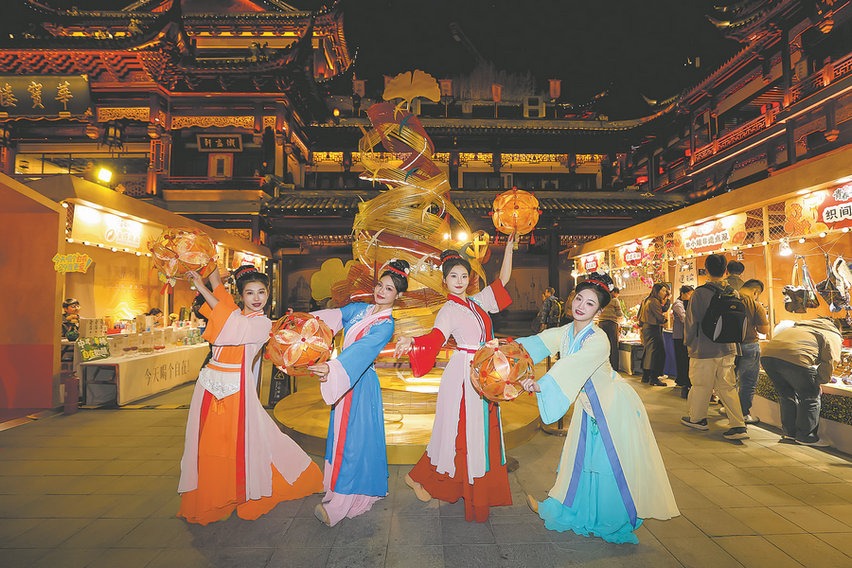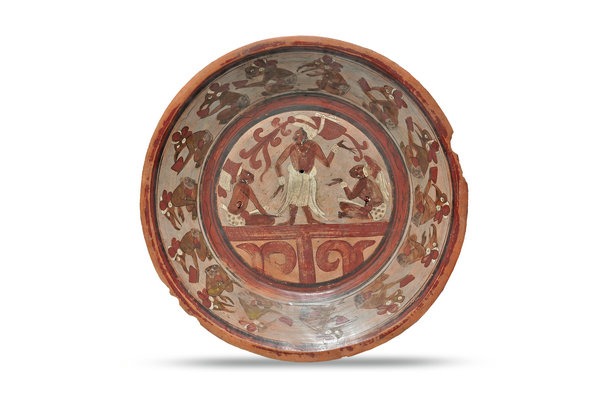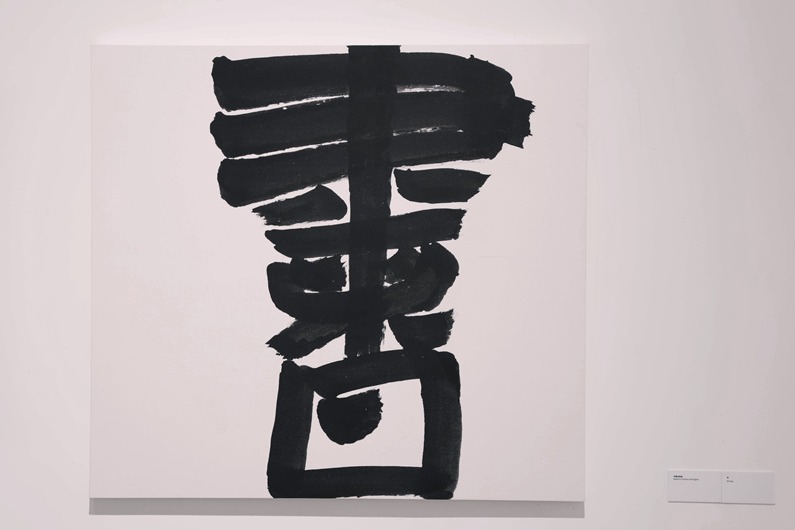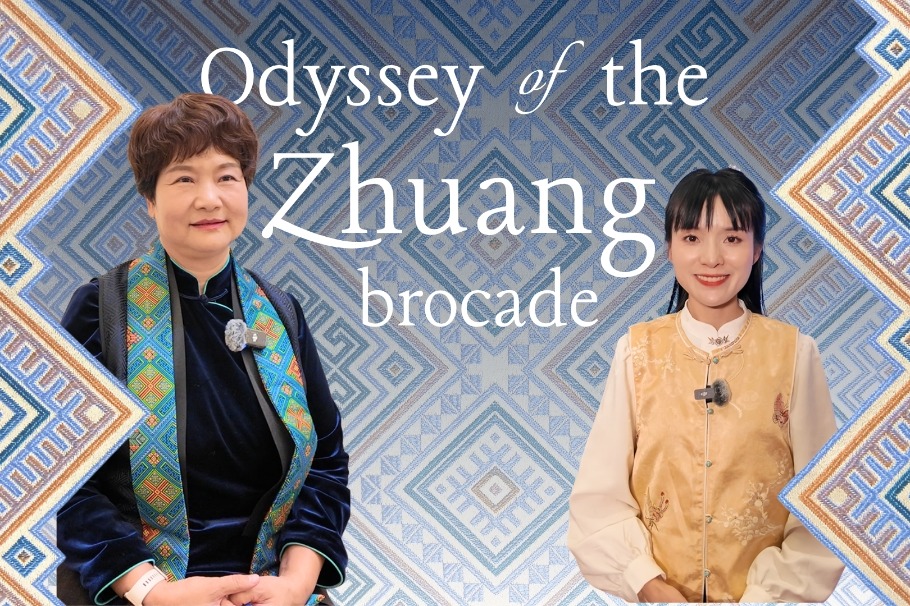Mazu bridges global youth
International students experience Meizhou Island's Mazu culture, blending ancient traditions with modern technology to foster dialogue, friendship, and cultural understanding.

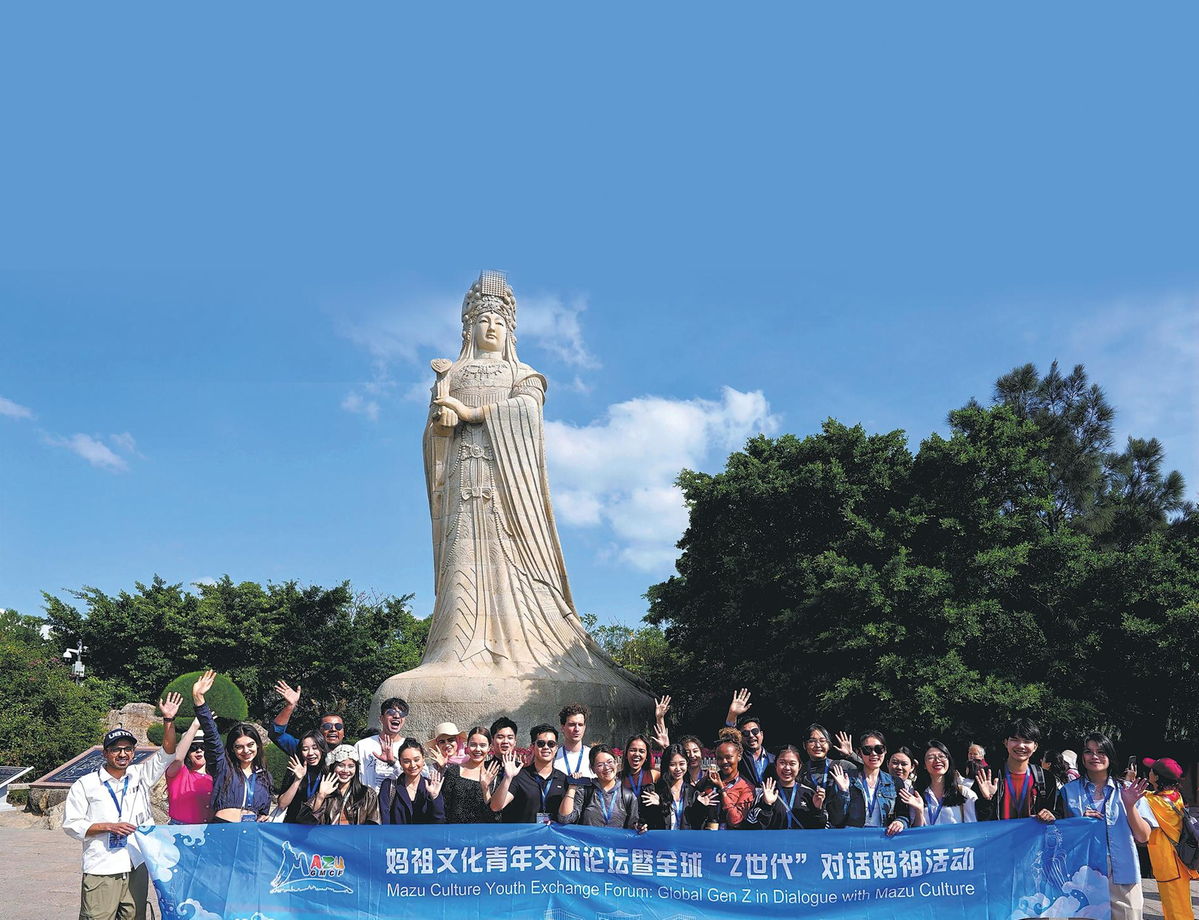
When Russian student Addai Magamed arrived at the Meizhou Island National Tourist Resort in Putian, Fujian province, he felt an unexpected sense of familiarity.
Russia — a land stretching from the Arctic to the Pacific — has a long maritime tradition, and so does Meizhou Island. But Mazu, the island's most revered sea goddess and a central figure in Chinese culture, embodies a very different vision of the sea.
"In Russian poetry and music, the ocean symbolizes exploration and hope," said the 18-year-old Peking University student. "When I learned that Mazu represents kindness, mutual help, and bravery in the face of hardship, I felt a deep respect."
Magamed was among more than 30 Gen Z representatives from over 20 countries and regions — including Madagascar, Kenya, France, and Malaysia — who gathered on Meizhou Island from Oct 30 to Nov 2 for the Mazu Culture Youth Exchange Forum: Global Gen Z in Dialogue with Mazu Culture.
Under the theme "Spirit of Youth, Living in Harmony", the four-day event featured academic reports, thematic forums, and immersive cultural experiences.
Chen Huiqian, a member of the Standing Committee of Putian CPC Municipal Committee and head of the city's publicity department, said at the opening ceremony that Putian is the birthplace and global hub of Mazu culture. By placing Gen Z at the center, the forum sought to challenge the perception of Mazu culture as old-fashioned or region-specific, transforming it into a vibrant topic for global youth dialogue.
"We hope the forum will become an open, inclusive, and dynamic platform for exchanges," she said.
The forum coincided with one of Meizhou Island's most important rituals — the Mazu Returning Procession, a centuries-old ceremony honoring Mazu's promotion of kindness, courage, and compassion. The procession left a lasting impression on participants, including Phung Thi Yen Hoa, a Vietnamese student at Southeast University in Jiangsu province.
"I found it incredibly powerful and meaningful," she said. "Everyone — children, elders, and especially many women — participated with such devotion."
She admitted that she hadn't known much about Mazu culture before. "But coming here, seeing the temple, the incense, and the sincerity of the believers — its power became incredibly real to me."
During the event, participants also tried on traditional Mazu attire, known as the Meizhou women's costume. The symbolic hairstyles, sea-blue jackets, and red-trimmed pants resonated strongly with students from Southeast Asia.
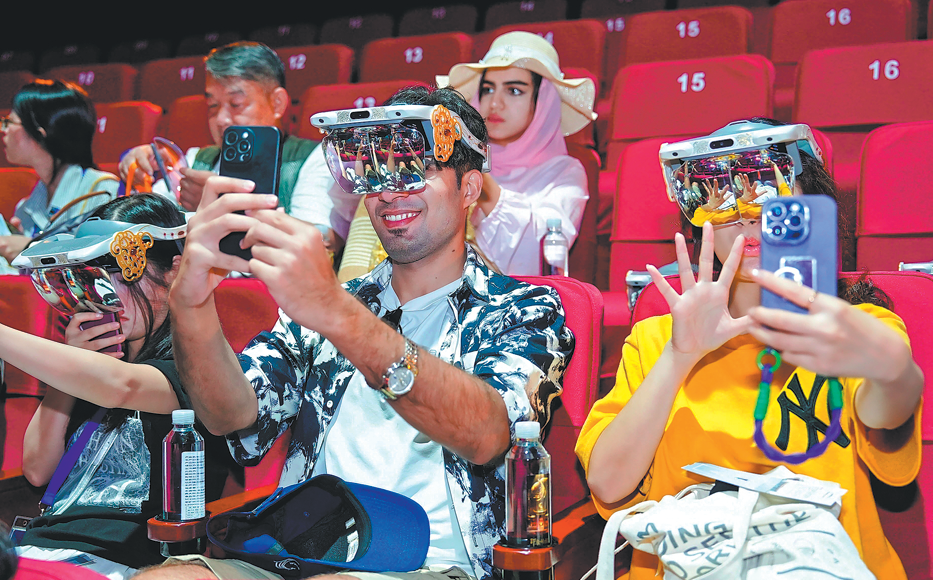
When Indonesian student Felicia Devin Widjaja, an international trade major at Zhejiang University, sent photos to her family, they immediately recognized similarities with outfits worn by earlier generations in their own communities.
"That moment made me feel like I was back home," she said. "It showed me how deeply connected our cultures are."
Throughout the forum, participants also observed how Mazu culture is being revitalized through artistic innovation and modern technology.
At the Mazu Film and Television City, they watched the theatrical production Origin of Meizhou. Widjaja was particularly impressed by scenes that combined visual effects — augmented reality (AR), lighting projections, and contemporary stage design — with dramatic storytelling to portray the maritime adventures of the ancient Maritime Silk Road.
"I rarely saw technology used this way back home," she said. "This blend of tradition and innovation is a distinctive feature of Chinese culture."
The part that moved her most was the film Impression of Mazu, which presented Mazu not simply as a goddess, but as a young woman facing challenges that ordinary people could relate to.
"She showed human emotions — the search for identity, dealing with loss, and caring for loved ones," she said. "It made me feel that Mazu was not a distant legend, but someone alive and present."
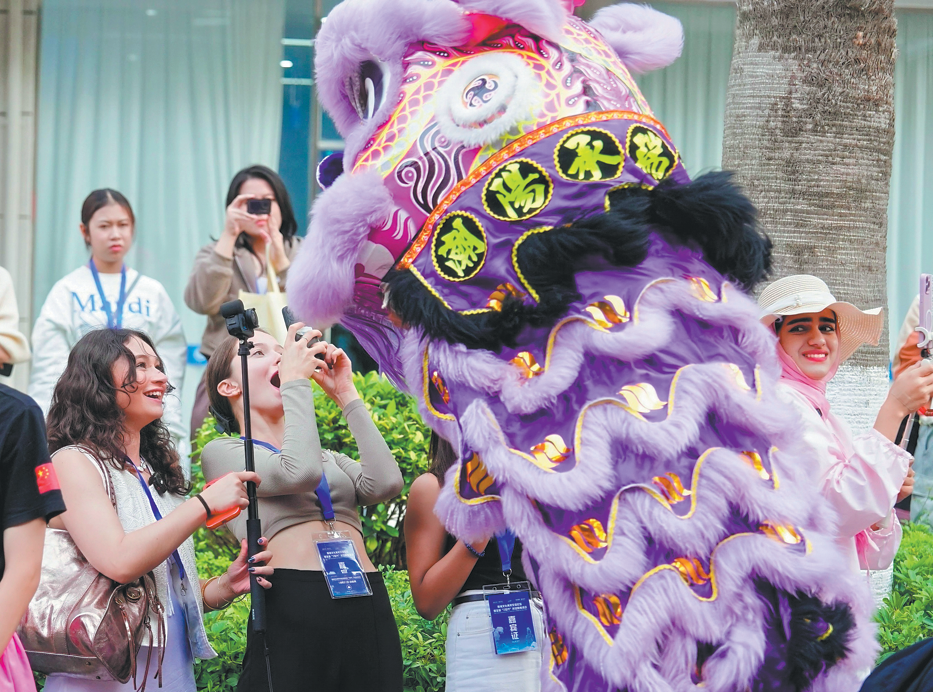
Connecting worlds
For Ye Kyaw Thu from Myanmar, the growing cooperation between China and Myanmar through the China-Myanmar Economic Corridor offers more than just economic benefits — it also opens the door to cultural connections. He believes that the shared values in Mazu culture can help strengthen mutual understanding.
"When people share a belief, they trust one another more," he said. "That trust makes economic cooperation smoother and brings people closer together."
He also pointed to emerging digital innovations, such as the Digital Mazu Procession, developed by a Xiamen-based company in Fujian province. Using AR experiences and digital collectibles, the project brings Mazu culture to life in interactive ways. Its popularity across Southeast Asia demonstrates how technology can help heritage evolve and reach new audiences.
"If this creativity can support cooperation in logistics, energy, and agriculture, it would be a perfect example of culture driving economic development," he said.
Ye also highlighted the role of Mazu as a unifying force. "Everyone came together with confidence and joy at the event," he said. "In Myanmar, where we have long faced internal conflict, such unity is rare. If Mazu culture can help bring people together, perhaps we would see less division."
Magamed, meanwhile, drew inspiration from China's maritime history. After learning about the Ming Dynasty (1368-1644) navigator Zheng He, he reflected on how China has engaged in peaceful trade and cultural exchanges for more than six centuries.
"The story of Zheng He and the spirit of Mazu shows that civilizations can coexist through openness, mutual learning, and cooperation — not zero-sum competition," he said. "That is the message of Mazu, and that is the future our generation wants to create."
Manoa Aro Vanona Ramamonjison from Madagascar agreed. "Mazu culture originated in China but belongs to the world," he said. "Its values of love, courage, mutual help, and peace are shared by all humanity."
guojiatong@i21st.cn




















